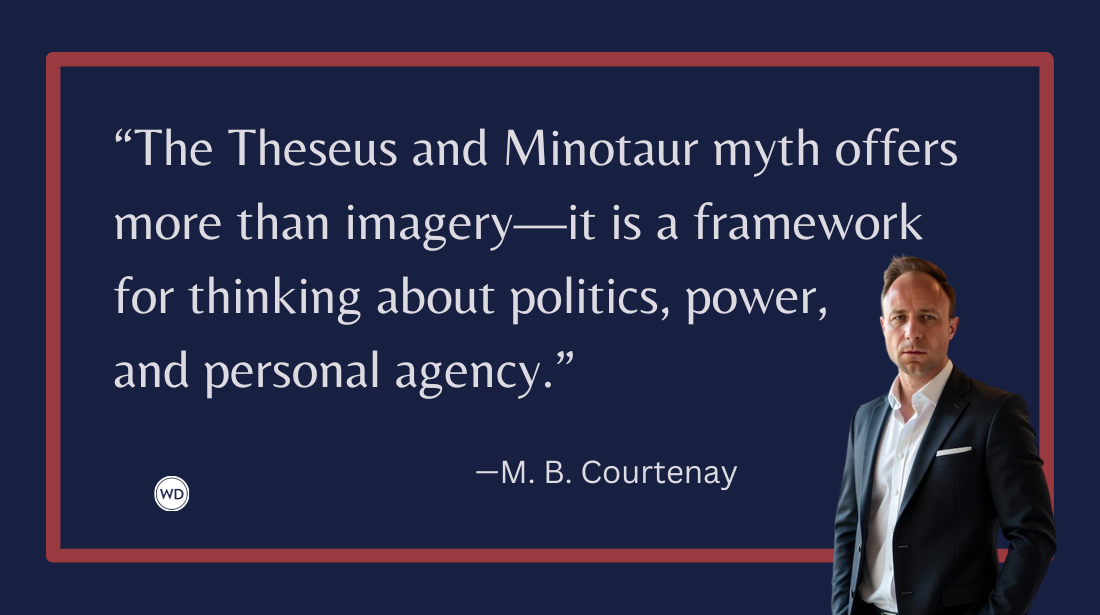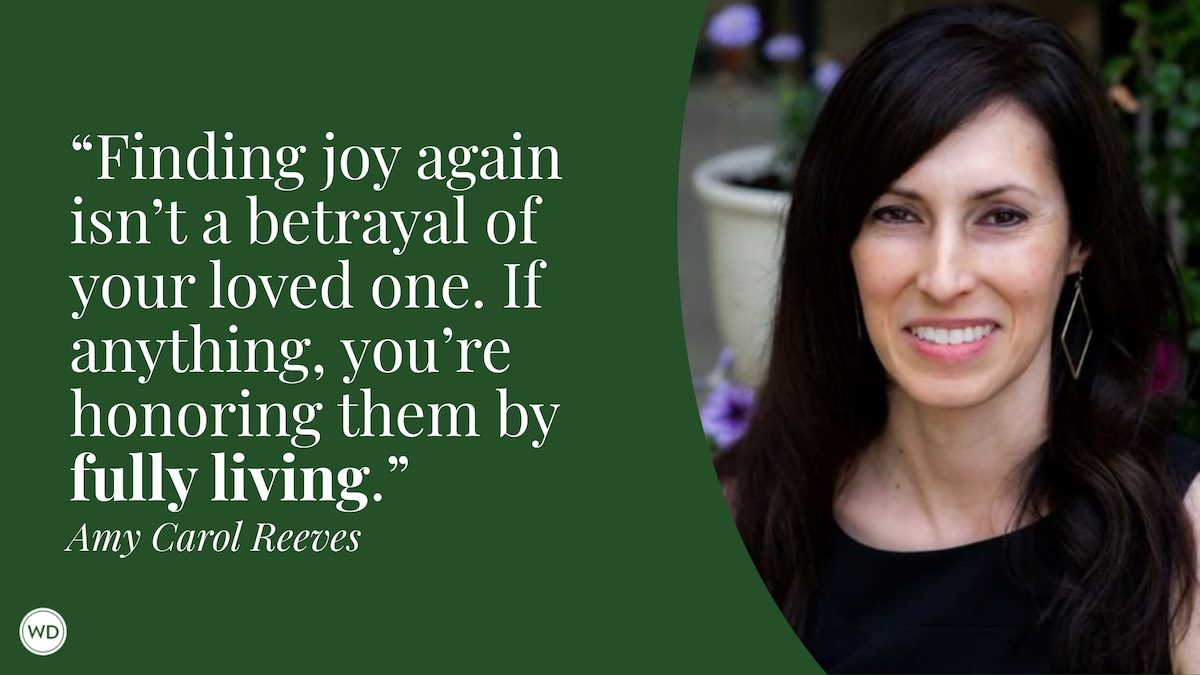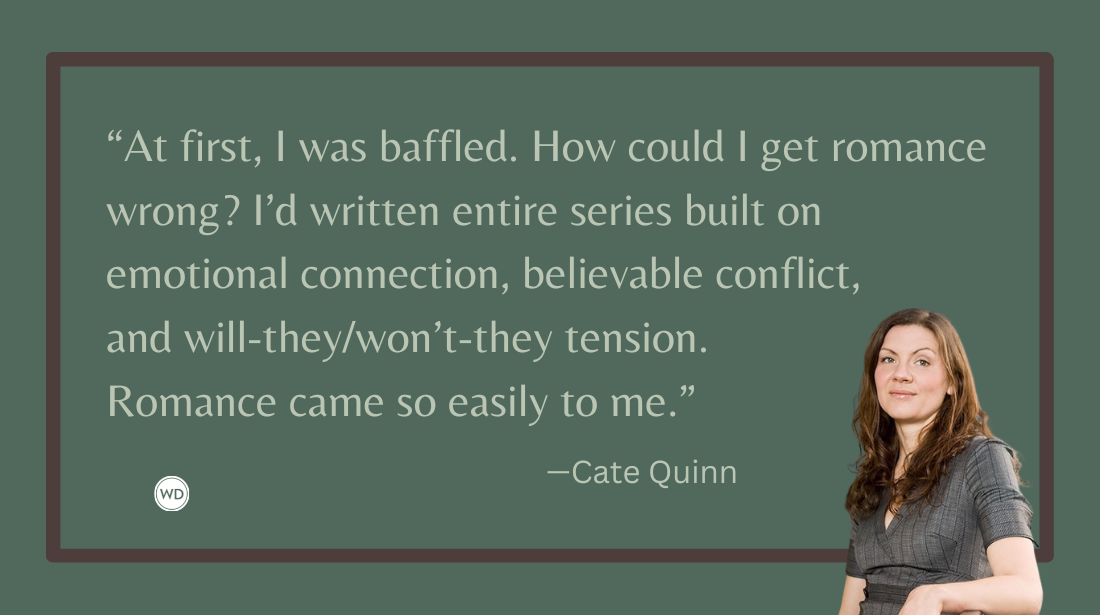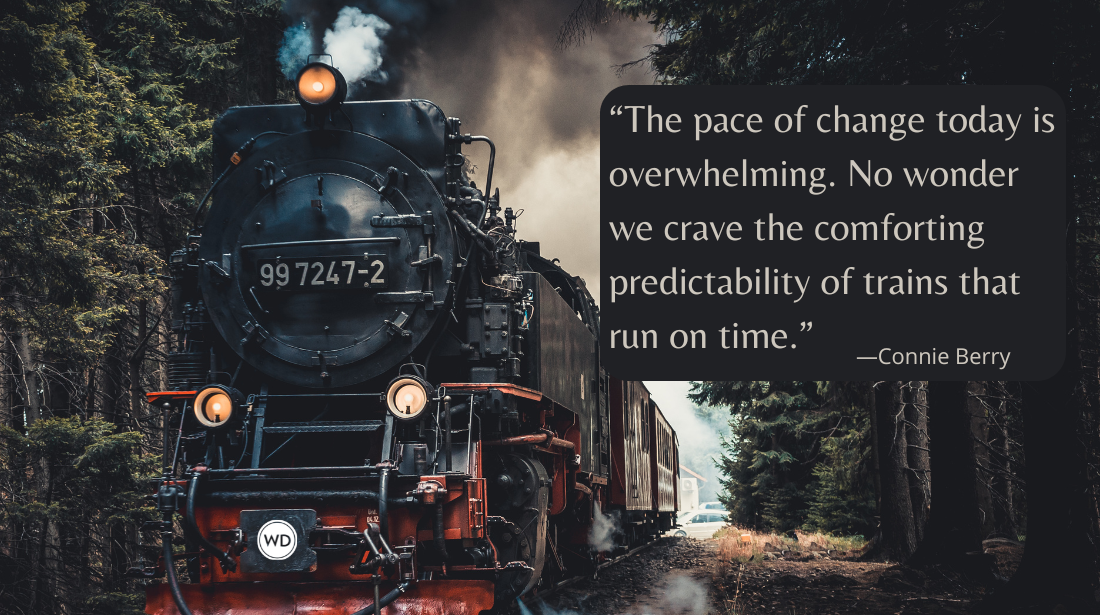Historical Fiction Is Speculative Fiction
Award-winning author Valerie Nieman discusses the similarities and differences between historical fiction and speculative fiction.
Historical fiction is a balance between research and imagination. We want to know more, learn all we can, to illuminate past events and past lives—yet as writers, we are impelled to create something new. That zone of not-knowing, the space waiting to be filled, is where we can craft characters and shape powerful stories!
That’s where a story anchored in history becomes speculative.
Even in thoroughly documented periods, much remains unknown. Major figures may be brightly illuminated, but those around and behind them remain in shadow. I’ve worked in science fiction/fantasy/horror and have found that writing my first historical fiction novel, Upon the Corner of the Moon, was oddly similar in approach. Imagining the past is much like imagining the future: Entering times and places that are often quite alien to us, we can see ourselves through a new lens. That’s exactly what science fiction does.
What is speculative fiction? It’s been defined as “all genres that deliberately depart from imitating ‘consensus reality’ … speculative fiction includes fantasy, science fiction, and horror, but also their derivatives, hybrids, and cognate genres like the gothic, dystopia, weird fiction, post-apocalyptic fiction, ghost stories, superhero tales, alternate history, steampunk, slipstream, magic realism, fractured fairy tales, and more.” Oxford Research Encyclopedia
I was often on the “speculative” side as I wrote Upon the Corner of the Moon, the story of the historical Macbeth and his wife Gruach, because we know very little about the Macbeths, and most of what we think we know has been twisted and reshaped into legend. From the fragments that scholars consider accurate, I worked to assemble the story and build characters who could plausibly have lived and acted to shape the events as recorded. I worked to remain true to known history, but the gaps were huge.
As I prepared to write, and then continue to research during the writing, I relied on original documents and on the work of scholars who’d analyzed and considered those materials. When I traveled to Scotland, I sought out local folks on trains, in the pubs, at the Post—their local knowledge led me down paths I wouldn’t have known existed. Just at the small North Sea harbor town of Burghead, I learned about the pre-Christian well in the remains of the Pictish fort, unique fossils dug up at the quarry, St. Aethan’s holy well, and the Old New Year’s tradition of clavie burning, when a barrel of flaming staves and tar is carried through the streets, with bits of the embers gathered for good luck.
I also sought physical knowledge by visiting archeological digs, historic sites, museums. Not much remained to be seen: the new overlays the old, with sites from 1000 CE plowed over, stones robbed for other building, and new towns raised on the remains of the old. I had to look with a speculative eye, to imagine what was once there. What about historical re-creations? Everything must be viewed with a skeptical eye. Such efforts may or may not be accurate. Some are more for entertainment than education.
Speculative fiction has many tropes, from robots to genetic engineering to alien invasions. A classic story type is time travel, whether to the future (The Time Machine) or the past. The first thing I ever read that used this idea was A Connecticut Yankee in King Arthur’s Court, by Mark Twain, in which a knock on the head sends an average American back into the days of chivalry.
Time travel stories blend science fiction speculation with the (more or less) re-creation of an earlier time. It’s a perennial, from Doctor Who manipulating the “timey-wimey stuff” to Stephen King’s take on preventing the JFK assassination, 11/22/63. In Octavia Butler’s Kindred, a Bicentennial-era black woman is pulled into the antebellum South and slavery, while in Doomsday Book, Connie Willis has her Oxford woman plunging into an epidemic-ravaged 1320. It Gives You Strength, by Philip Raymond Brown, sets an alien anthropologist on a rescue mission to Earth in 1926: Science fiction meets up with colorful personages such as mobsters and boxers.
While starships and aliens can be awe-inspiring, historical fiction can sometimes be as startling as any deep-space yarn. We become acquainted with deeply realized settings that turn out to be nothing like the images we’ve drawn from movies and TV dramas. The ways of people from a thousand years ago, or 500, can seem incredibly strange.
Historical fiction is world-building, as much as the making of Middle-Earth. I recommend Jeff Vandermeer’s Wonderbook, a beautiful, dense, and incredibly useful tome about creating worlds, whether in the realms of science fiction or fantasy—or history.
As a historical fiction writer, I worked backward from the known to the unknown. When the effect is recorded, we can trace back to project what might have brought this about, unraveling the causes. For the story of Macbeth, the issue was succession and the old ways versus the new. Later generations were startled by a Celtic system in which kings were elected, a process certainly not in accord with their solidly entrenched idea of primogeniture. Shakespeare, searching old chronicles for a story, found King Macbeth, a rightful king labeled as a usurper because Duncan’s young son obviously should have gained the throne, in their understanding. Already the history was mostly legend, including the witches.
Many traditions teach that the “space between the notes,” the emptiness, is where the power lies. According to the Tao Te Ching, chapter 11:
“Thirty spokes share the wheel's hub;
It is the center hole that makes it useful.
Shape clay into a vessel;
It is the space within that makes it useful…”
When we’re writing science fiction, we often look at the future through the present. In historical fiction, we look at the past through the present. In both cases, there are empty spaces at the heart of what we know, which we strive to fill with wonders.
Check out Valerie Nieman's Upon the Corner of the Moon here:
(WD uses affiliate links)









